The Worst Media Fails Of 2013: Atlantic, New York Post, CNN, Fox News Channel, Daily Mail Top List
The Worst Media Fails Of 2013
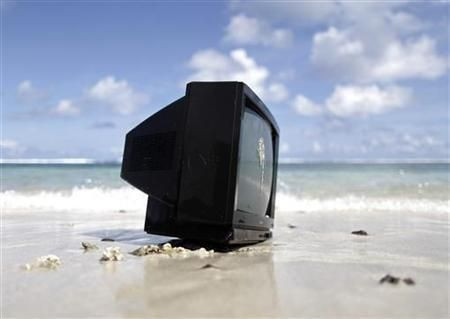
For those of us who follow media for a living, 2013 was definitely a year that tested the parameters of journalistic ethics. Rolling Stone, you might recall, caused a social media firestorm with a magazine cover of an accused murderer (one of the two alleged Boston Marathon bombers) looking like a hipster heartthrob. Then there’s Gawker Media, which faced accusations of checkbook journalism with its “Crackstarter” campaign to raise money to buy an alleged video of Toronto Mayor Rob Ford smoking crack.
Measured in tastefulness alone, both of those efforts were questionable, and one could argue that a universally disliked media industry could have done without these high-profile controversies. But they also sparked dialogue, exposed wrongdoings and shined a light on important issues, all of which are key functions of good journalism. After all, journalism that incites a polarized public reaction does do not mean it failed. Often, it means the opposite.
This is not to suggest that 2013 was absent of outright media fails. Like last year, we had no shortage of knee-jerk reporting, plagiarism scandals, unprincipled editorial choices, arrogant rants and dodgy conflicts of interest filling our newsfeeds and TV screens. In some cases, the lapses in judgment were gracefully acknowledged by the news outlets that committed them. In other cases, there was silence, as news orgs took the wait-and-see approach to see if they could ride out the backlash. That latter tactic actually works more often than one would think.
Granted, no media outlet is infallible, and yes, even we at IBT Media make the occasional embarrassing blunder. But like anything else in modern metrics, no discussion of media fails would be complete without a year-end listicle to highlight the worst of the worst. The list below represents the biggest “uh-oh” moments in the American media industry for 2013 -- compiled out of love, of course.
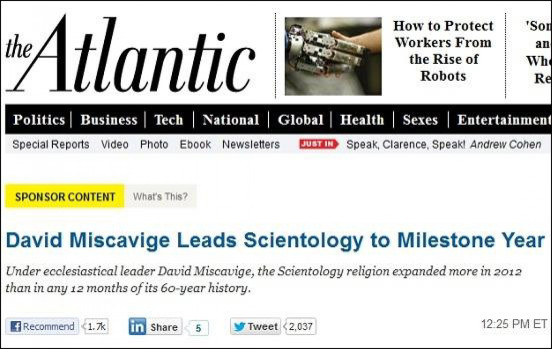
The Atlantic’s Native Error
Atlantic Media, Jan. 14
“We screwed up,” wrote Natalie Raabe, spokeswoman for the Atlantic magazine, and no one disagreed. The statement came following a blog post on TheAtlantic.com that ignited a mini scandal in January after readers discovered -- pretty much right away -- that it was sponsored by none other than the Church of Scientology. While marked as sponsored content, the long-form essay was indistinguishable from the magazine’s editorial content in terms of layout and presentation. The difference was that the cultish aims of Scientology are anathema to the Atlantic’s typically intellectual readers. To make matters worse, when those readers tried to voice their opinions, Atlantic Media staffers were said to have deleted any negative comments that reflected poorly on the advertiser. The blog post was duly mocked and satirized across other media, and it was ultimately deleted. But it has since emerged as a classic case study on how not to do native advertising. J-school professors will be no doubt be doomed to cite this indignity in all their ethics classes from this day forward.
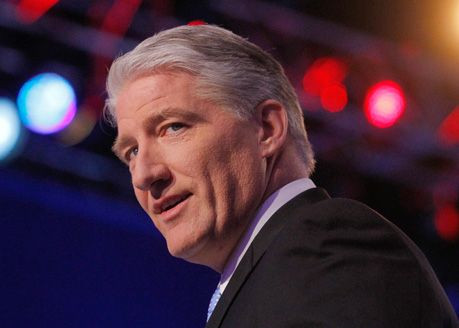
John King’s ‘Dark-Skinned’ Disgrace
CNN, April 17
Amid the chaos of the Boston Marathon bombings in April, CNN and its veteran correspondent John King took a social media shellacking during a volley of back-and-forth reports surrounding a possible suspect. First, CNN reported that a suspect in the bombings had been arrested. To add insult to injury, King described the supposed suspect as a “dark-skinned” male, needlessly fueling cultural tensions that surrounded the attack. “I want to be very careful about this, because people get very sensitive when you say these things,” he said, as viewers waited with bated breath. “I was told by one of these sources, who is a law enforcement official, that this is a dark-skinned male.” The Boston Police Department denied the report, and both “CNN” and “John King” became trending topics as King backtracked and turned hostile toward his sources. “Part of this reflects on us but also on the people CNN talked to,” King said. Way to own up to it, John.
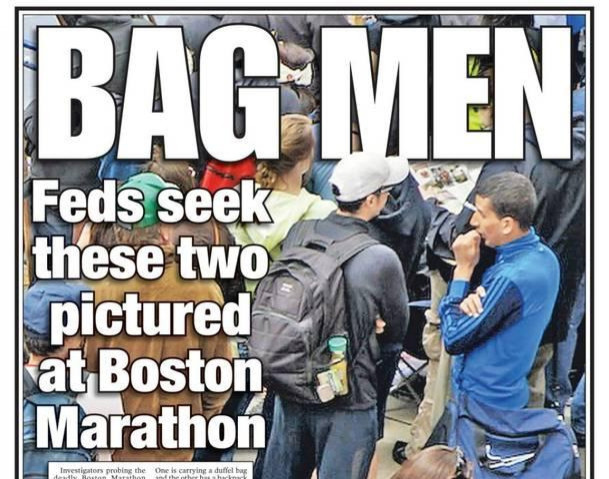
‘Bag Men’ Boston Brouhaha
The New York Post, April 18
It was bad enough that, in the wake of the Boston Marathon bombings, so many sleuth-happy Redditors took it upon themselves to start fingering innocent marathon attendees. But it’s a sad day for journalism when a so-called professional media organization does the same thing. Days after the tragedy, when facts were scarce and misinformation was rampant, the New York Post decided it would be a good idea to splash a photo of two young Moroccan-American marathon attendees on its front page. “Bag Men,” the headline read, over the subhead, “Feds seek these two pictured at Boston Marathon.” The two “men” -- 16-year-old Salaheddin Barhoum and 24-year-old Yassine Zaimi -- were innocent, of course. But that didn’t stop them from being ridiculed, threatened and scored as a result of the unwanted exposure. They later sued for defamation, and rightfully so -- the move provoked widespread condemnation from journalists, some of whom expressed their hope that the two would seek legal action. In a wobbly defense, the Post’s editor-in-chief, Col Allan, pointed out that the tabloid never identified the men as suspects but merely stated that law enforcement was circulating their pictures. What he failed to mention was that law enforcement was circulating lots of pictures, and singling out the so-called bag men was completely unjustified. Incidentally, this is the second year in a row that Rupert Murdoch’s vanity tabloid made our Media Fails list for one of its covers. Last year, you might recall, it published a front page photo of a Queens man just seconds before he was struck and killed by a subway train.

Howard Kurtz Tries To Take Down Jason Collins
The Daily Beast, May 1
The Daily Beast endured almost 24 hours of criticism and ridicule on social media before it finally retracted a factually inaccurate blog post in which Howard Kurtz attempted to smear Jason Collins, the NBA player who had recently come out as gay in a Sports Illustrated article. In the post, Kurtz insisted that Collins didn’t tell the whole story because he failed to mention that he was once engaged to a woman. The problem with that critique is that Collins did, in fact, mention his previous engagement. It’s just that Kurtz failed to see it. But rather than cut his losses after the error was discovered, Kurtz clung to his thesis that Collins didn’t “come clean,” changing his original blog post to say that the NBA player “downplayed” the engagement. It should go without saying that the revision wasn’t good enough for Twitter -- criticism of Kurtz continued until his bosses at the Beast finally stepped in. Kurtz and the Daily Beast parted ways soon after the dustup.

Plagiarism News Travels Fast
The Daily Mail, August 11
OK, so if we were going to include every instance of the Daily Mail lifting an article idea from another publication, this list would go on forever. But one particularly blatant example of DM plagiarism warrants inclusion. Ruth Styles, a travel writer for the highly trafficked Mail Online, posted a story about the “world’s worst tourists,” which included numerous examples of travelers behaving badly. The piece cited examples such as travelers defacing a 3,000-year-old Egyptian temple and beachgoers posing for a photo with a dying dolphin. There was just one small problem: Cracked.com writer XJ Selman posted a nearly identical list just one day earlier. He used the same Egyptian temple, the same annoying beachgoers and even the same photos. It was a funny, high-concept idea that Styles had patently repurposed in classic Mail fashion -- clickbaity headline and all. Even worse: Styles barely had the courtesy to credit the original source, aside from a “Read More” link at the end of the article, which, according to some accounts, was added only after Cracked readers caught wind of the theft. Styles was lambasted for several days on Twitter, so much so that she eventually set her account to private. Other than that, the notoriously unscrupulous Mail didn’t appear to learn its lesson. There was no apology and no admission of guilt. A few days later, Cracked decided to be the bigger sport, offering a hilarious “apology” to the Daily Mail for traveling to the future and plagiarizing Styles’ article.

Bryan Goldberg’s Bustle Bro Pas
PandoDaily, Aug. 13
In an admittedly misguided blog post, Bleacher Report founder Bryan Goldberg in August announced that he had raised $6.5 million to build and grow a new website, one he claimed would “completely transform women’s publishing.” “Isn’t it time for a women’s publication that puts world news and politics alongside beauty tips?” Goldberg asked, rhetorically. “What about a site that takes an introspective look at the celebrity world, while also having a lot of fun covering it?” Putting aside for a second that women’s magazines have been doing exactly what Goldberg described for at least a half century, Goldberg also managed to marginalize popular websites like Jezebel and Refinery29 -- even as he praised their work -- by implying that the women’s digital-publishing market still needed a savior. He went on to cite sites like Gawker, Politico, TechCrunch and a slew of others as mostly “aiming to attract men,” a claim swiftly discredited by our own Ellen Killoran. To make things worse, Goldberg structured the blog post as a Q&A -- with himself. It was all decidedly condescending, and egotistical, and Goldberg admitted as much in a follow-up post in which he apologized for oversimplifying the editorial landscape of women’s publishing. The last laugh may yet be Goldberg’s, however: Business Insider reported last month that Bustle.com already attracts 1 million monthly readers.

‘60 Minutes’ Benghazi Contractor Controversy
CBS News, Oct. 27
Everything relating to Benghazi is instantly politicized, so when a “60 Minutes” report by correspondent Lara Logan sparked another round of partisan attacks and accusations in October, it was a struggle to pay much attention, particularly when the liberal watchdog Media Matters is among the critics sounding the alarm. It turns out those critics were on to something. The report featured a supposed witness to the attacks that killed four Americans in Benghazi, Libya, on Sept. 11, 2012, but as the Washington Post first revealed, the witness, who went by the pseudonym Morgan Jones, told a very different account to his employer than he did to Logan. In fact, he may not have witnessed the attacks at all, but rather spent most of the night at his beachside villa. CBS initially defended the report, which was part of a yearlong investigation by Logan, but as more and more facts fell apart at the seams, the network ultimately offered an apology and asked Logan to take a leave of absence.
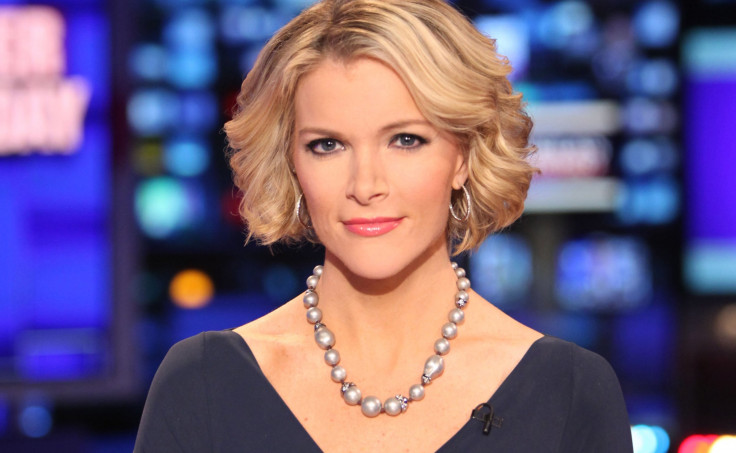
Megyn Kelly Dreams Of A White Santa
Fox News Channel, Dec. 11
Finally, here’s one that’s still freshly etched in our collective brains. Earlier this month, Fox News host Megyn Kelly did what Fox News hosts do best: She stirred up controversy by displaying a complete and utter obliviousness to the realities of white privilege. Responding to a Slate.com blog post in which the author pointed out that minority children sometimes feel ashamed when they are bombarded with images of a white Santa Claus, Kelly shot back essentially telling those children to suck it up. “For all you kids watching at home, Santa just is white,” she said. But she didn’t stop there. “Just because it makes you feel uncomfortable doesn’t mean it has to change,” Kelly added. “You know, I mean, Jesus was a white man, too … that’s a verifiable fact.” Since it’s all still fresh in our minds, I’ll spare you the details of the ensuing backlash, but for the record, Santa Claus is fictional, and Jesus’ skin tone has never been verified. Kelly, incidentally, offered no apology for the comments, at least not yet. But, hey, there’s always 2014.
Got a news tip? Email me. Follow me on Twitter @christopherzara.
Correction: An earlier version of this story incorrectly referred to Refinery29 as Refinery28.
© Copyright IBTimes 2024. All rights reserved.






















